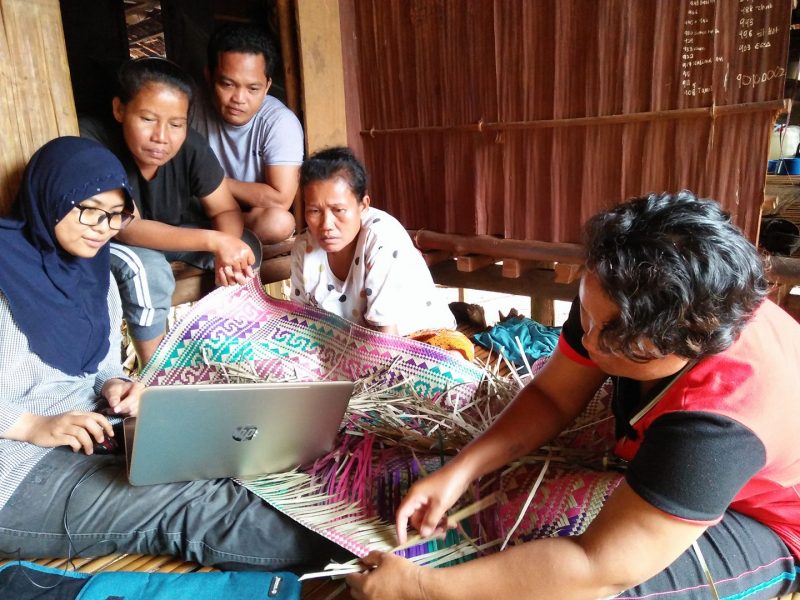
By Graham Jones
If the earth is a spaceship, we all have a window seat.
The sky is there for everyone, and the fundamentals of skywatching — from the rhythm of the moon, to the pattern of the stars — have remained unchanged throughout human history.
Yet inequalities exist. Both within the astronomy community and beyond, in the area of education and public outreach, people face barriers because of their age, ethnicity, gender, culture, ability or disability, religion, race, sexuality or a combination of these factors.
Last month (November 2019), more than 100 members of the International Astronomical Union (IAU) gathered in Tokyo to discuss a roadmap to action. Astronomy for Equity, Diversity and Inclusion was a four-day symposium hosted by the National Astronomical Observatory of Japan; its aims were to show how diversity and inclusion produce better science and innovation, and to focus on the steps needed to achieve change.
When it comes to the challenge of communicating astronomy to communities around the world, some of the proposed solutions were to be found surprisingly close to people’s homes.
Ikechukwu Anthony Obi works for the Center for Basic Space Science at Nigeria’s National Space Research and Development Agency. He is clear about the difficulties of bringing astronomy to the poorest communities of Africa’s most populous country: problems with the supply of electricity, little or no funding, and misinformation.
At the same time, Obi is equally clear about the opportunities. He said:
Rural settings have the clearest and darkest sky. There are also no city-life distractions, and people have a sound knowledge of cultural astronomy.
EarthSky 2020 lunar calendars are available! They make great gifts. Order now. Going fast!
Obi’s vision for community astronomy in Nigeria is based around low-cost battery-powered equipment, and virtual observatory tools. He explained:
Credit-card-sized Raspberry Pi computers can be set up in schools and used for giving hands-on experience of astronomical data analysis. We can also do astrophotography with locally made telescopes.
One particularly ingenious idea involves a piece of technology that can be seen on the roofs of dwellings across Nigeria. Obi said:
Satellite TV dishes are everywhere. Nigerians are heavy internet users and telecom consumers, and there is a booming entertainment industry. With a Raspberry Pi and a satellite finder, we can adapt these locally available satellite dishes to provide early exposure to radio astronomy.
Students and teachers alike are thrilled by the science that can be done with these set-ups. It enables them to appreciate the scientific principles underlying the already known and well-practiced cultural astronomy.

The importance of working in harmony with indigenous cultural knowledge was also the message of Nurul Fatini Jaafar, an ethno-astronomy researcher at the University of Malaya in Kuala Lumpur. She works with the Semelai people of Lake Bera, in the center of the Malaysian peninsula.
Nurul’s research involves participant observation and in-depth interviews. She said:
In a typical setting where both men and women are present, the men will always respond to my questions. The women will keep silent.
However, when only women are present, things change. Nurul, who holds a degree in physics and astronomy, said:
I was taken by surprise to learn that the women actually understand a lot about astronomy. They possess knowledge about stellar positioning, celestial forecasts and moon phases. Their comprehension of the sky is one step ahead of the typical male.
Sadly, this knowledge is not always valued. Nurul said:
Indigenous children who are enrolled in national schools — which instill the western science perspective — are unaware of the reliability of their traditional science. Their knowledge system is seen as anecdotal and unscientific, and there is a presumption that their parents have no authority towards scientific knowledge. As a result, their parents cannot guide them with science subjects at home.
Nurul is part of a pilot project to involve women in science. She said:
We have started to explore astronomical topics from a cultural perspective. We are acquainting them with smartphones that are equipped with astronomical software, and are showing them the projection of the sky. We hope that the women will help us to integrate the two paradigms of western science and indigenous knowledge.
These women have always wanted a bigger role in educating their children in science. Now they are looking forward to the moment when their dreams finally materialize.
Bottom line: The IAU is working on a roadmap to better science and innovation through equity, diversity and inclusion.











